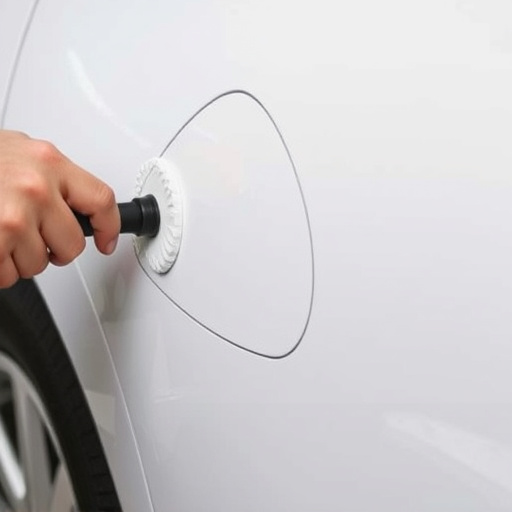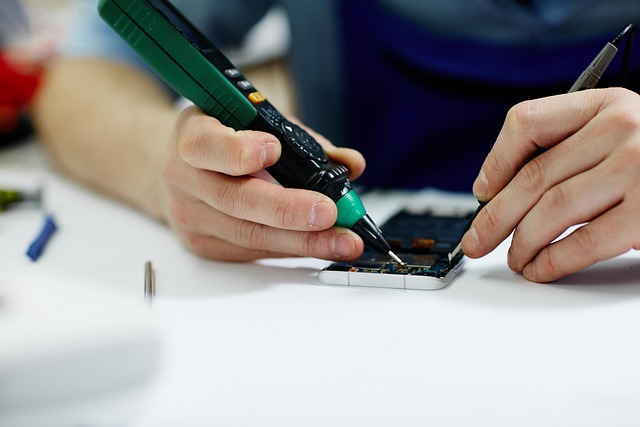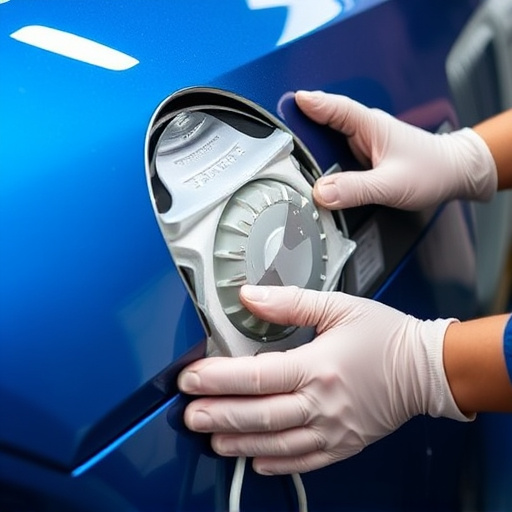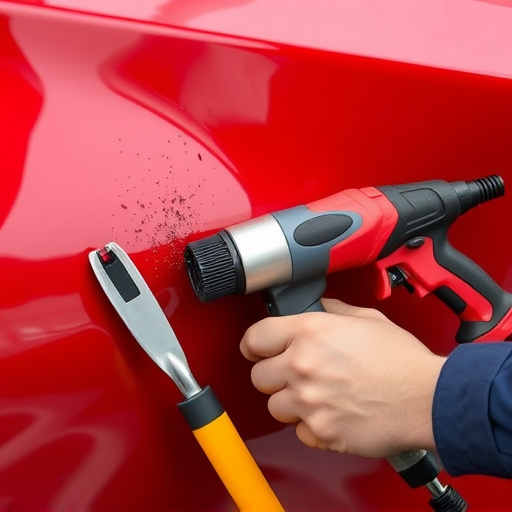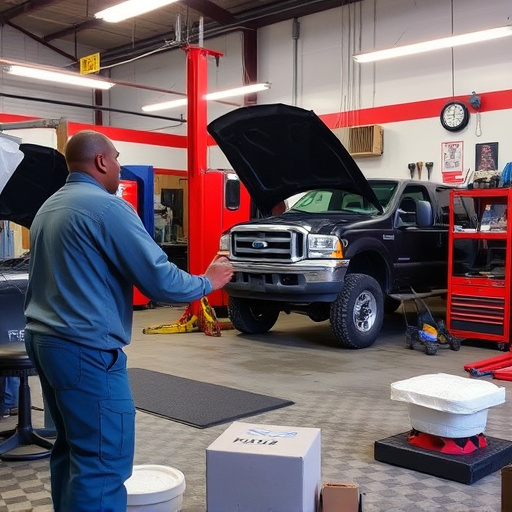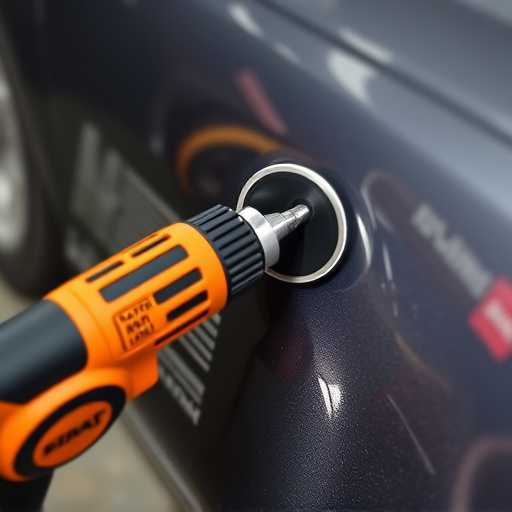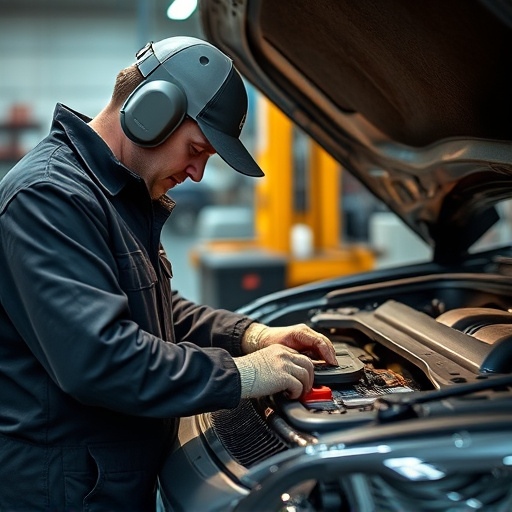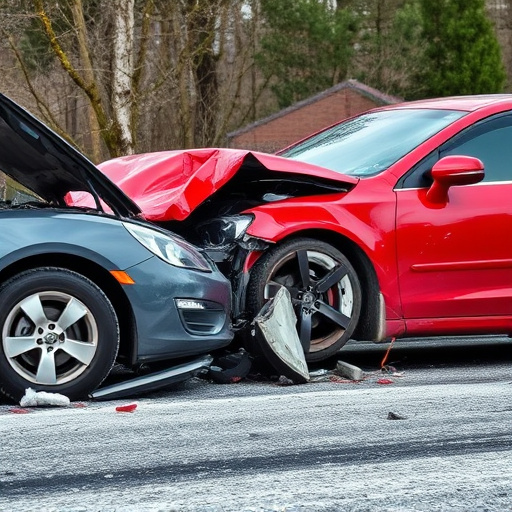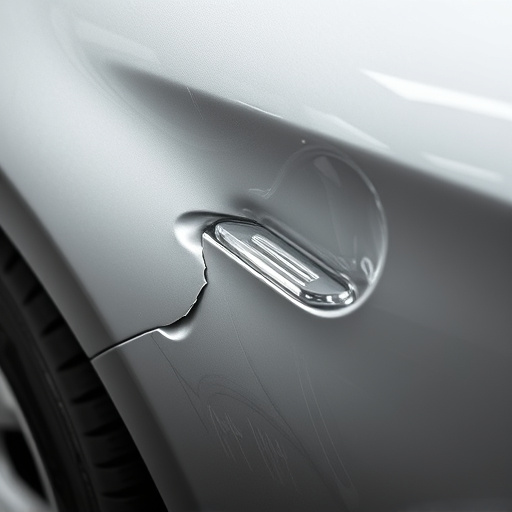After a vehicle crash, battery replacement may be crucial for safety and functionality. Despite initial appearances, internal damage can compromise the battery's performance and power essential safety systems. Prompt professional inspection is vital to assess both battery and bodywork damage. Neglecting battery replacement post-crash increases safety risks and may lead to mechanical failures. Signs like leaking, swelling, odors, starting issues, or erratic electrical behavior require immediate attention for optimal vehicle functionality and safety.
Electrical System Failures and Crash Battery Damage: A Comprehensive Guide
Electrical system failures post-crash are often overlooked aspects of vehicle safety. When a car is involved in an accident, the battery, a critical component, can sustain damage, leading to various systemic issues. This article explores the intricate relationship between crash battery damage and electrical failures, highlighting the importance of understanding these connections. We’ll guide you through recognizing when a battery replacement after a crash might be necessary, ensuring your vehicle’s safety and reliability.
- Understanding Electrical System Failures Post-Crash
- The Role of Battery Damage in Vehicle Safety
- When to Consider Battery Replacement After a Crash
Understanding Electrical System Failures Post-Crash
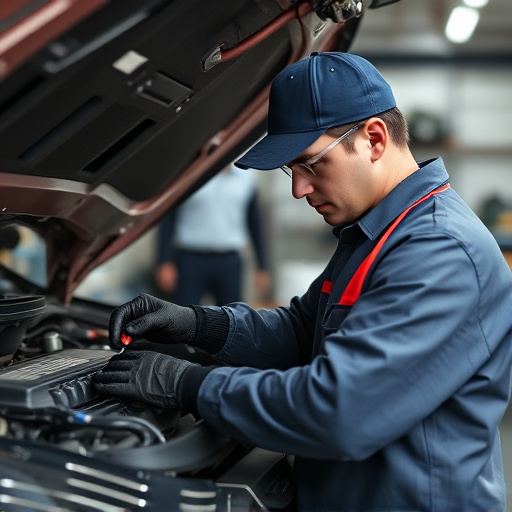
After a vehicle crash, understanding electrical system failures is crucial for ensuring safety and reliability. When a car undergoes a collision, various components can be damaged or affected, including the battery, which is often located in a vulnerable position within the vehicle’s automotive repair and vehicle body repair systems. The initial impact might cause visible damage to the battery casing, while internal short circuits or fluid leaks from surrounding components could further compromise its functionality.
Prompt recognition of these issues is vital for preventing more serious problems. A compromised battery may lead to vehicle failure during crucial moments, such as when trying to escape the scene or during emergency services response. Therefore, when considering a battery replacement after crash, it’s essential to have a thorough inspection performed by qualified professionals who can assess not just the battery but also the broader vehicle bodywork and electrical systems for any other potential damage.
The Role of Battery Damage in Vehicle Safety

In the aftermath of a vehicle crash, battery damage is often an overlooked yet critical component of overall vehicle safety. The battery serves as the heart of a car’s electrical system, powering essential components that ensure driver and passenger safety. When a crash occurs, the battery can sustain internal or external damage, leading to malfunction or failure. This not only impairs the vehicle’s ability to start but also affects crucial safety systems such as airbags, anti-lock braking, and lighting—all of which rely on a reliable electrical connection.
Promptly assessing and addressing battery damage after a crash is paramount. While repairs may involve more visible components like car paint repair or bumper repair, neglecting battery replacement can have severe implications. Ensuring that the battery is in good working condition post-crash is an integral step in maintaining vehicle safety functionality, including seamless operation of safety features and reduced risk of subsequent mechanical failures.
When to Consider Battery Replacement After a Crash
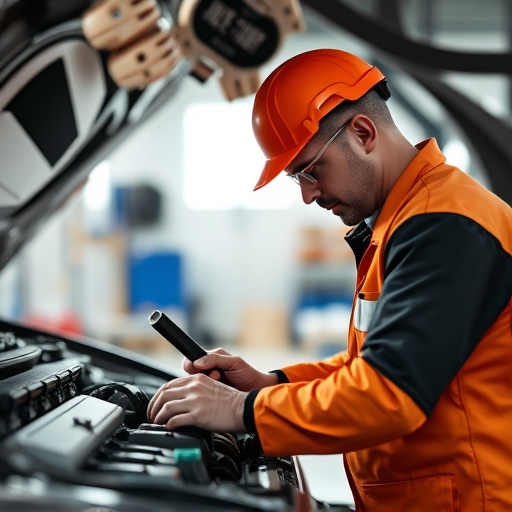
After a crash, it’s crucial to assess not just visible damage but also the health of your vehicle’s battery. While some batteries may survive with minor dents or cracks, others might have suffered internal damage that compromises their performance and safety. If your car was significantly impacted, especially in areas where the battery is located, it’s wise to consider battery replacement after a crash rather than relying on temporary fixes.
Battery replacement after a crash becomes increasingly important when the battery shows signs of leaking, swelling, or emitting unusual odors—indicating potential internal damage. Moreover, if your car struggles to start or displays erratic electrical behavior post-crash, these could be red flags requiring professional auto body work and frame straightening along with a new battery to ensure optimal performance and safety features remain operational.
Electrical system failures following a vehicle crash are often attributed to battery damage. Understanding the role of batteries in maintaining safety systems and recognizing potential signs of damage can help drivers make informed decisions. If a crash has occurred, it’s crucial to consider battery replacement after a crash as a priority for both safety and performance. Regular maintenance and timely intervention can prevent further complications, ensuring your vehicle’s reliability and your peace of mind on the road.

